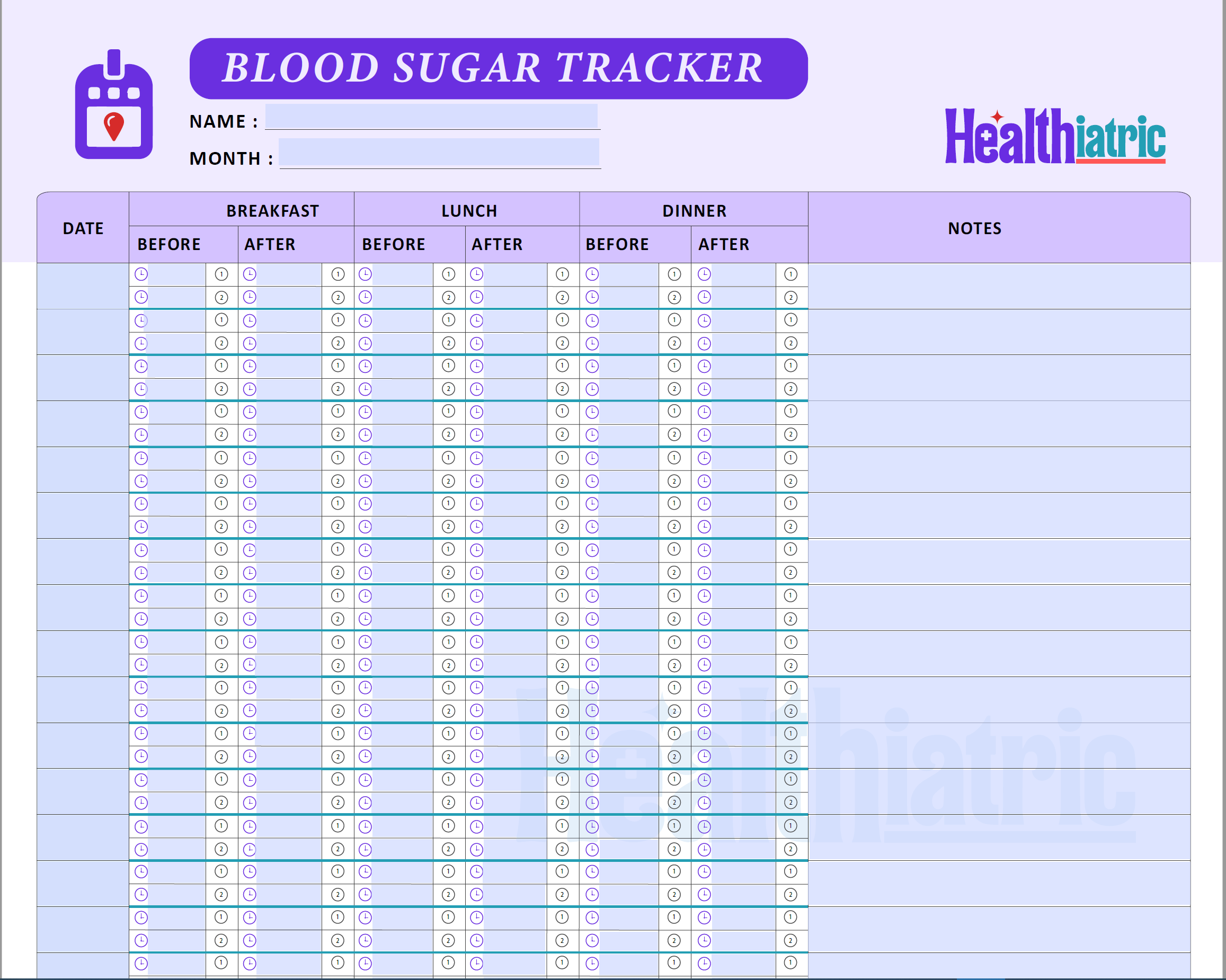
Childhood asthma is a chronic disease that several factors can trigger. As with adult asthma, it is caused by the interaction of various factors, such as bugs, dust, and certain chemicals. In addition, how an individual’s body responds to these trigger factors can also play a role. Children’s lungs are underdeveloped, making them more susceptible to triggers.
Even minor changes in air pressure or humidity can trigger an asthma attack. To help prevent attacks, parents and caregivers must control asthma symptoms.
- Pet exposure might help kids build tolerance and reduce asthma attacks.
- Cold air can trigger asthma flare-ups during outdoor activities.
- Green or yellow mucus can signal an asthma flare-up.
- Stress or anxiety can trigger asthma symptoms in kids.
- Asthma medication may affect a child’s growth rate.
- Yoga and breathing exercises can help control asthma.
- Secondhand smoke increases asthma risks in children.
This article discusses the different types of Asthma, how to control asthma symptoms and some of the best natural ways to reduce asthma attacks.
What is Asthma?
Asthma is a respiratory system condition characterized by inflammation of the affected region, mainly triggered by environmental factors such as allergens, smoking, or cold. However, certain drugs and exercise may also trigger asthma symptoms.
It causes the bronchial tubes to respond by clenching their muscles, generating an obstruction that narrows the airway.
It prevents air from flowing correctly through the tubes, resulting in beeps and whistles, a sense of suffocation, and shortness of breath.
Asthma Attacks in Children
These scenarios are potentially hazardous since the sense of shortness of breath produces significant anxiety in individuals who experience it. In case they may not manage their composure, the crisis may worsen.
As a result, it is critical that the kid be aware of their condition, what causes it, and what to do in the case of an asthma attack.
The time of year influences how often asthma episodes occur, and many of them are associated with allergies and seasonal change. Not everyone has shortness of breath because of the reaction; some people experience increased coughing.
Many times, medicine will be the most effective therapeutic option for dealing with the crisis.
An allergy to dust mites or other allergens may set off an attack of Asthma. In that case, it is vital to manage the condition, in addition to medicine, by implementing some preventative measures. Keep your house clean. Keep as many rugs and stuffed animals out of it as possible and any other fabrics prone to collecting dust.
Regular washing of bedding and anti-allergy coverings on mattresses and pillows are recommended. It is better if the nearby air’s humidity levels do not surpass 50%.
Sometimes Asthma is caused by contact with pollen or other allergens. The best thing that you can do is to avoid exposure to them, especially during times of increased proliferation, so doors and windows should not be opened and should be avoided going outside when the pollen counts are high.
Types of Childhood Asthma
Childhood asthma is associated with the picture of a youngster who has breathing problems, coughs, or wheezes, and this image is often used to describe the condition.
Although their symptoms are often similar, not all asthma attacks are produced by the same factors; several kinds of asthma attacks are based on the triggering element.
Extrinsic Asthma
Extrinsic Asthma is defined as a condition in which it has been shown that a particular allergen handles the symptoms of Asthma.
Allergies to inhalants such as pollens, mites, animals, fungus, and occupational agents are responsible for around 80% of asthma cases. Other causes of the asthma crisis include food, medications, and insects like bees.
Allergic Asthma may be classified into two types: seasonal Asthma and perennial Asthma, distinguished by the time cycle of the inhalants that cause it.
Intrinsic Asthma in Children
However, intrinsic Asthma is a condition that occurs when there is no identifiable allergic cause. It encompasses the majority of instances in which you cannot identify an allergic cause. There are many types of Asthma, such as Asthma related to viral processes, Asthma generated by gastric reflux disease, and Asthma caused by the prolonged inhalation of irritating vapor.
Severity of Asthma Attacks in Children
Although this is the most general categorization, the forms of Asthma may be further subdivided based on the frequency and severity with which they manifest themselves in the body.
During mild asthma episodes, the child does not experience symptoms and has excellent tolerance to physical activity. When asthma crises occur, the child responds in less than 24 hours using only bronchodilators.
When severe asthma attacks occur, the child presents with symptoms and has poor tolerance to physical activity and has poor tolerance to school performance.
A moderate case of Asthma is defined as one in which crises occur more frequently than one or two times per week, severe asthmatic situations can occur although they are infrequent, the need for urgent medical treatment is less than three times per year, and nocturnal Asthma can happen two or three times per week, with ramifications for school performance.
Because of the dry cough and frequent wheezing that the kid experiences between crises, the youngster’s tolerance for physical activity may be reduced.
Afflicted people commonly need essential anti-inflammatory medication, followed in asthmatic emergencies by the constant use of bronchodilators daily. If the crises are severe, it is conceivable that systemic corticosteroids may be prescribed.
How to React to A Childhood Asthma Attack
Controlling childhood asthma also entails understanding how to respond in an emergency.
- Being nervous will not help; instead, remaining calm while assisting the youngster in relaxing and communicating peace is crucial.
- We must make him as comfortable as possible and encourage him to breathe gently.
- You may also offer him a drink. It is possible to determine if medical care is necessary or not depending on how bad the situation is.
- If the symptoms continue or increase, it is possible to call for emergency assistance.
- Usually, asthmatic children are given a bronchodilator, and in mild instances, these episodes typically subside after one or two inhalations of the medication.
- It is also critical that the kid understands their situation; for example, if they exceed the prescribed exercise time or get very frightened, this might result in a crisis. In contrast, you should not prevent him from living an everyday life; by understanding how to behave, such as by taking his medicine, he can operate without difficulty in his daily activities.
Takeaway
If your child has severe Asthma and the episodes are frequent and intense, he is said to have severe Asthma. The chest sounds or wheezings are frequently present daily. Over three times a year, asthmatics need immediate medical attention.
Rarely, respiratory failure and the requirement for mechanical ventilation result from these catastrophes. A dry cough and constant wheeze were present between crises.
If the patient has a low tolerance for physical activity, he may wake up with chest discomfort in the morning. The impact on school life is undeniable. Therefore, children with Asthma need constant therapy and medications.
Therapies include bronchodilators, systemic or inhaled corticosteroids at high dosages, and anti-leukotriene antagonists.
You Might Also Like
-
heena256 6 Min
Prevention of Childhood Obesity Through Nutrition Education
-
heena256 6 Min
Know a Healthy Eating Plan for Your Children
-
heena256 7 Min
How to Build Healthy Eating Habits in Your Children
-
heena256 6 Min
Facts You Should Know About Good Health Status of Your Children
-
heena256 7 Min
Excellent Benefits of Magnesium Supplements for Kids



